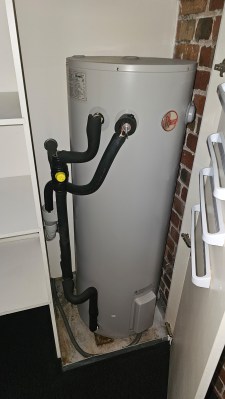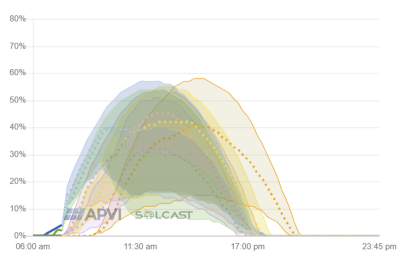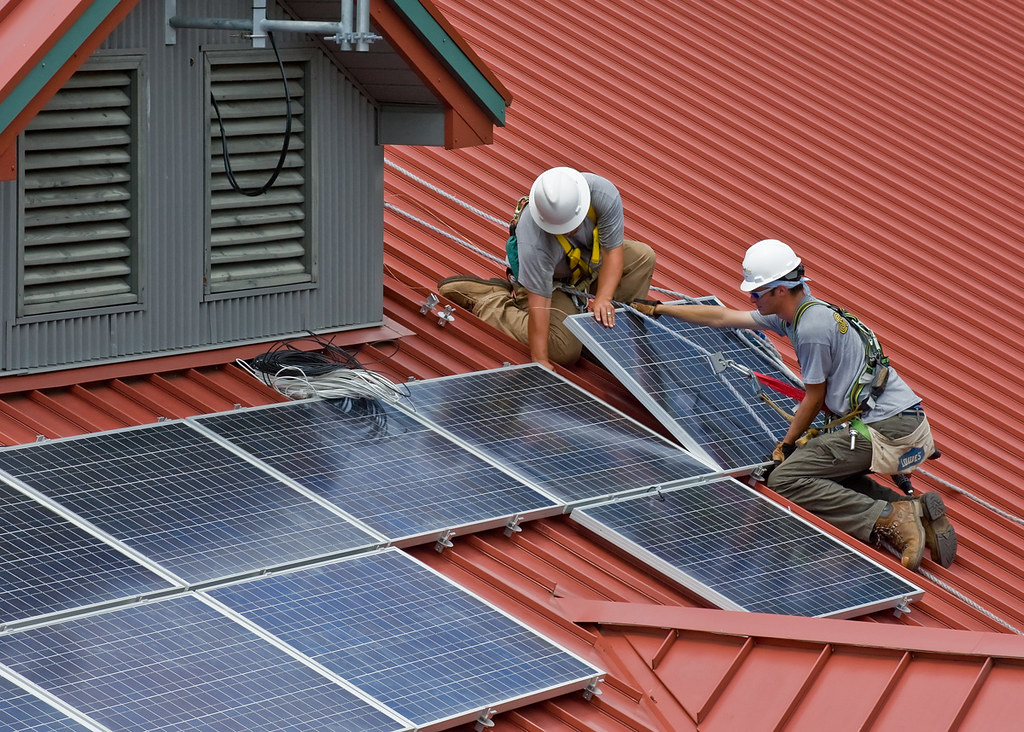Australian grids have long run a two-tiered pricing scheme for electricity. In many jurisdictions, regular electricity was charged at a certain rate. Meanwhile, you could get cheaper electricity for certain applications if your home was set up with a “controlled load.” Typically, this involved high energy equipment like pool heaters or hot water heaters.
This scheme has long allowed Australians to save money while keeping their water piping-hot at the same time. However, the electrical grid has changed significantly in the last decade. These controlled loads are starting to look increasingly out of step with what the grid and the consumer needs. What is to be done?
Controlled What Now?

In Australia, the electricity grid has long relied on a system of “controlled loads” to manage the energy demand from high-consumption appliances, particularly electric hot water heaters. These controlled loads were designed to take advantage of periods when overall electricity demand was lower, traditionally at night. By scheduling energy-intensive activities like heating water during these off-peak hours, utilities could balance the load on the grid and reduce the need for additional power generation capacity during peak times. In turn, households would receive cheaper off-peak electricity rates for energy used by their controlled load.
This system was achieved quite simply. Households would have a special “controlled load” meter in their electrical box. This would measure energy use by the hot water heater, or whatever else the electrical authority had allowed to be hooked up in this manner. The controlled load meter would be set on a timer so the attached circuit would only be powered in the designated off-peak times. Meanwhile, the rest of the home’s electrical circuits would be connected to the main electrical meter which would provide power 24 hours a day.
By and large, this system worked well. However, it did lead to more than a few larger families running out of hot water on the regular. For example, you might have had a 250 liter hot water heater. Hooked up as a controlled load, it would heat up overnight and switch off around 7 AM. Two or three showers later, the hot water heater would have delivered all its hot water, and you’d be stuck without any more until it switched back on at night.
Historically, most electric hot water heaters were set to run during the low-demand night period, typically after 10 PM. Historically, the demand for electricity was low at this time, while peak demand was in the day time. It made sense to take the huge load from everyone’s hot water system, and move all that demand to the otherwise quiet night period. This lowered the daytime peak, reducing demand on the grid, in turn slashing infrastructure and generation costs. It had the effect of keeping the demand curve flatter throughout the whole 24-hour period.
This strategy was particularly effective in a grid predominantly powered by coal-fired power stations, which operated most efficiently when running continuously at a stable output. By shifting the hot water heating load to nighttime, utilities could maintain a more consistent demand for electricity throughout the day and night, reducing the need for sudden increases in generation capacity during peak times.


Everything Changed

However, the energy landscape in Australia has undergone a significant transformation in recent years. This has been primarily driven by the rapid growth of renewable energy sources, particularly home solar generation. As a result, the dynamics of electricity supply and demand have changed, prompting a reevaluation of the traditional approach to controlled loads.
Renewable energy has completely changed the way supply and demand works in the Australian grid. These days, energy is abundant while the sun is up. During the middle of the day, wholesale energy prices routinely plummet below $0.10 / kWh as the sun bears down on thousands upon thousands of solar panels across the country. Energy becomes incredibly cheap. Meanwhile, at night, energy is now very expensive. The solar panels are all contributing nothing, and it becomes the job of coal and gas generators to carry the majority of the burden. Fossil fuels are increasingly expensive, and spikes in the wholesale price are not uncommon, at times exceeding $10 / kWh.
Solar power generation peaks are now so high that Australian cities often produce more electricity than is needed to meet demand. This excess solar energy has led to periods where electricity prices can be very low, or even negative, due to the abundance of renewable energy on the grid. As a result, there is a growing argument that it now makes more sense to shift controlled loads, such as hot water heaters, to run during the daytime rather than at night.

Shifting controlled loads to the daytime would help absorb the surplus solar energy. This would reduce the need for grid authorities to kick renewable generators off the grid in times of excess. It would also help mitigate the so-called “duck curve” effect, where the demand for electricity sharply increases in the late afternoon and early evening as solar generation declines, leading to a steep ramp-up in non-renewable generation. By using excess solar energy to power controlled loads during the day, the overall demand on the grid would be more balanced, and the reliance on fossil fuels during peak times could be reduced.
Implementing this shift would require adjustments to the current tariff structures and perhaps the installation of smart meters capable of dynamically managing when controlled loads are activated based on real-time grid conditions. In a blessed serendipity, some Australian states—like Victoria—have already achieved near-100% penetration of smart meters. Others are still in the process of rollout, aiming for near 100% coverage by 2030. While these changes would involve some initial investment, the long-term benefits, including greater integration of renewable energy, reduced carbon emissions, and potentially lower electricity costs for consumers, make it a compelling option.
Fundamentally, it makes no sense for controlled loads to continue running as they have done for decades. Millions of Australians are now paying to heat their water during higher-demand periods where energy is more expensive. This can be particularly punitive for those on regularly-updated live tariffs that change with the current wholesale energy price. Those customers will sit by, watching cheap solar energy effectively go to waste during a sunny day, before their water heater finally kicks at night when the coal generators are going their hardest.
While the traditional approach to controlled loads in Australia has served the grid well in the past, the rise of renewable energy has changed things. The abundance of solar generation necessitates a rethinking of when these loads are scheduled. By shifting the operation of controlled loads like hot water heaters to the daytime, Australia can make better use of its abundant renewable energy resources, improve grid stability, and move closer to its sustainability goals. It’s a simple idea that makes a lot of sense. Here’s waiting for the broader power authorities to step up and make the change.
